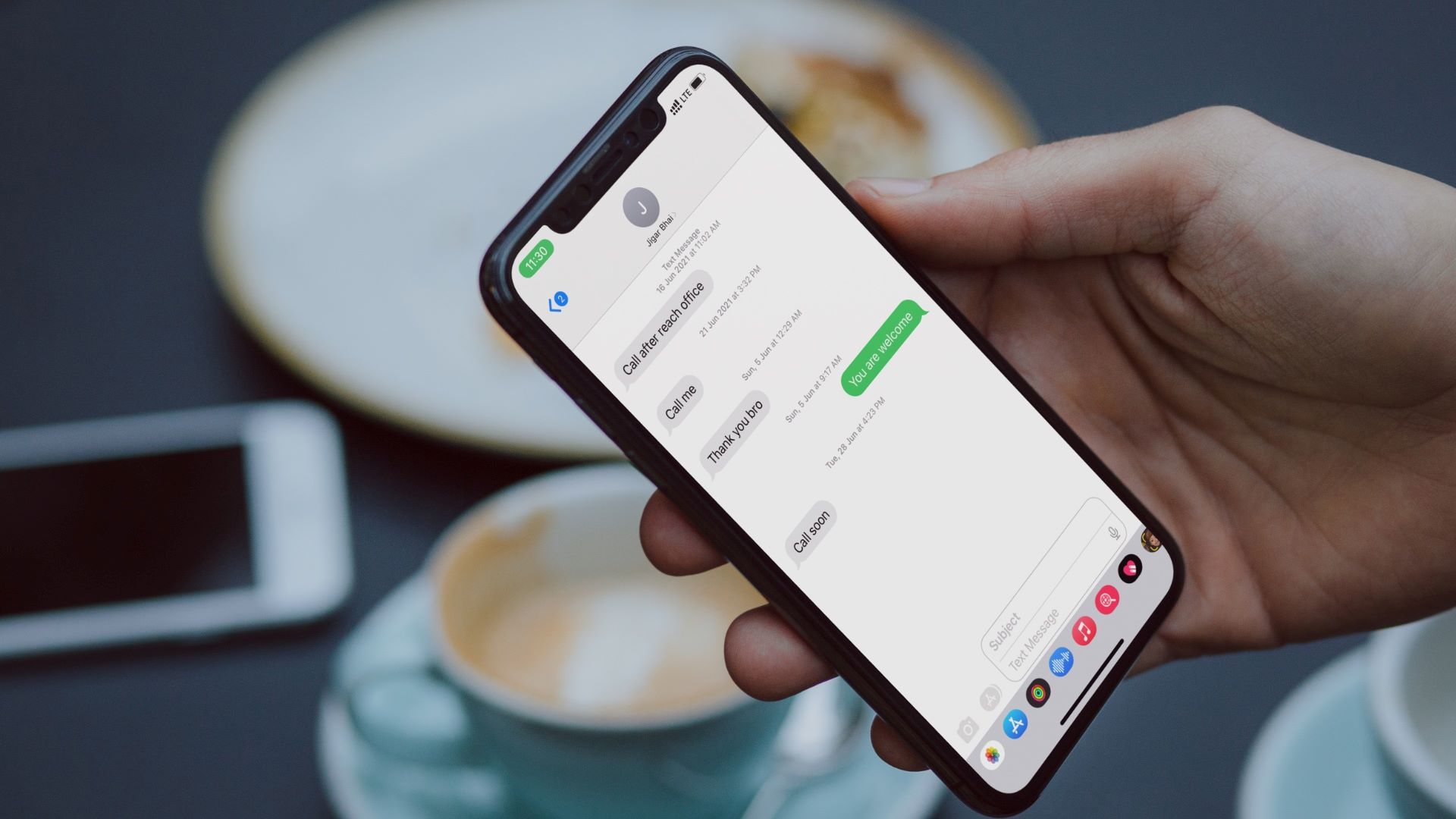
Understanding the Basics
Before troubleshooting, it's important to grasp how text messages are sent between iPhones and Androids. Here are a few key points:
iMessage vs. SMS
iPhones use iMessage for communication when both devices run iOS. iMessage, a proprietary Apple service, only works between Apple devices. When sending a message to an Android device, your iPhone defaults to SMS if iMessage is unavailable.
Settings Configuration
Your iPhone's settings determine whether messages are sent via iMessage or SMS. Ensure your device is configured to send SMS messages when iMessage is unavailable.
Network Connectivity
Network connectivity issues can prevent your iPhone from sending texts. This could be due to a temporary glitch or a more serious problem with your cellular connection.
Troubleshooting Steps
Configure Your iPhone to Send SMS Messages
If you mostly send iMessages to other iPhone users, this may rarely be an issue. However, there is a setting to use SMS when iMessage is unavailable:
- Open the Settings app on your iPhone.
- Tap on Messages.
- About halfway down the page, turn on Send as SMS by swiping the button to the right.
Check Airplane Mode
Glitches in your cellular connection can sometimes prevent your iPhone from sending texts. Toggling your iPhone's cellular radio off and back on again can often resolve temporary problems:
- Swipe down from the top right of the screen to see the Control Center.
- Tap Airplane mode to toggle it on.
- Wait a few seconds.
- Tap Airplane mode again to re-enable wireless networks.
Restart Your iPhone
Rebooting your iPhone can clear out any temporary glitches in the wireless network software, the Messages app, and various background services:
- Press and hold the Sleep/Wake button until the "Slide to Power Off" slider appears.
- Slide the slider to the right to turn off your iPhone.
- Wait for about 30 seconds.
- Press and hold the Sleep/Wake button again until the Apple logo appears on your screen.
Ask the Android Owner to Deregister iMessage
This problem can catch many people off-guard, especially if the Android user previously had an iPhone and transferred the SIM card without changing the phone number. If that phone number is still registered as an iPhone in Apple's database, iPhones will try to send iMessages rather than SMS texts, which Androids cannot process:
- Ask the Android user to deregister their phone number from Apple's iMessage system. They can do this by going to Settings > Messages > Send & Receive and selecting their phone number only, unchecking any registered email addresses.
Check for iOS Updates
An iOS update may potentially fix this problem, so it's a good idea to check for any updates:
- Open the Settings app on your iPhone.
- Tap General.
- Tap Software Update and install any updates that are waiting.
Reset Your Network Settings
If you've tried all the other troubleshooting options and one or more Android users aren't getting your texts, you might need to reset your iPhone's network settings. This will erase all your network settings, including saved Wi-Fi network passwords and paired Bluetooth devices:
- Start the Settings app and tap General.
- Tap Transfer or Reset iPhone.
- Tap Reset.
- In the popup menu, tap Reset Network Settings and confirm this is what you want to do.
Additional Tips
Enable SMS in Message Settings
Ensure that both iMessage and SMS are enabled in your message settings:
- Open the Settings app on your iPhone.
- Tap Messages.
- Make sure iMessage is toggled on.
- Also, ensure that Send as SMS is toggled on.
Disable iMessage Temporarily
If you suspect that iMessage is causing the issue, try disabling it temporarily:
- Go to Settings > Messages.
- Toggle off the iMessage option.
Check for Group Message Issues
Sometimes, issues with group messages can also affect individual message delivery. Ensure that group messages are not being sent using iMessage:
- Check your group message settings and make sure they are set to send via SMS.
Contact Your Service Provider
If none of the above steps resolve the issue, it may be worth reaching out to your service provider for assistance. They can check for any network or account-related issues that might be causing the problem.
